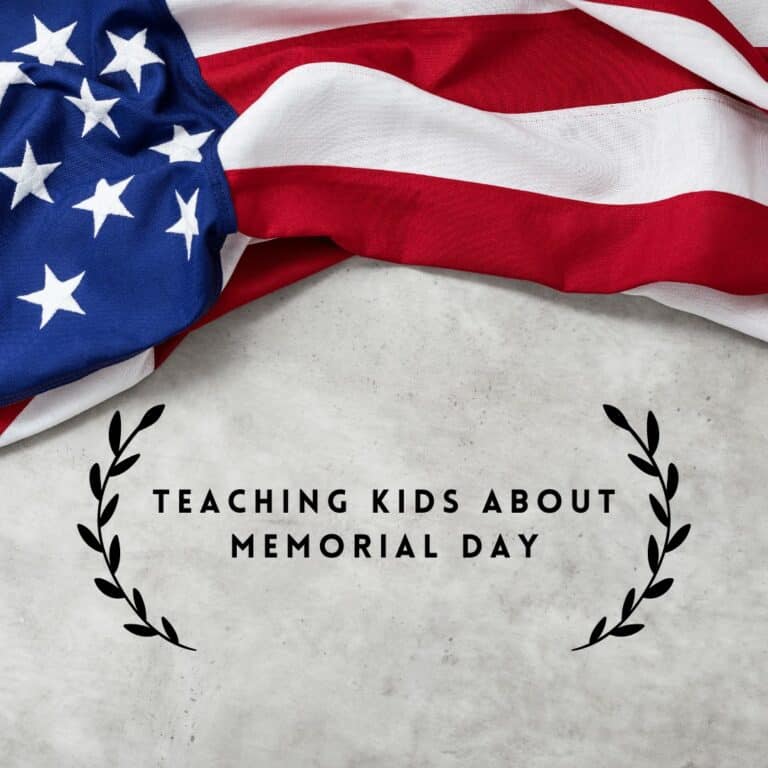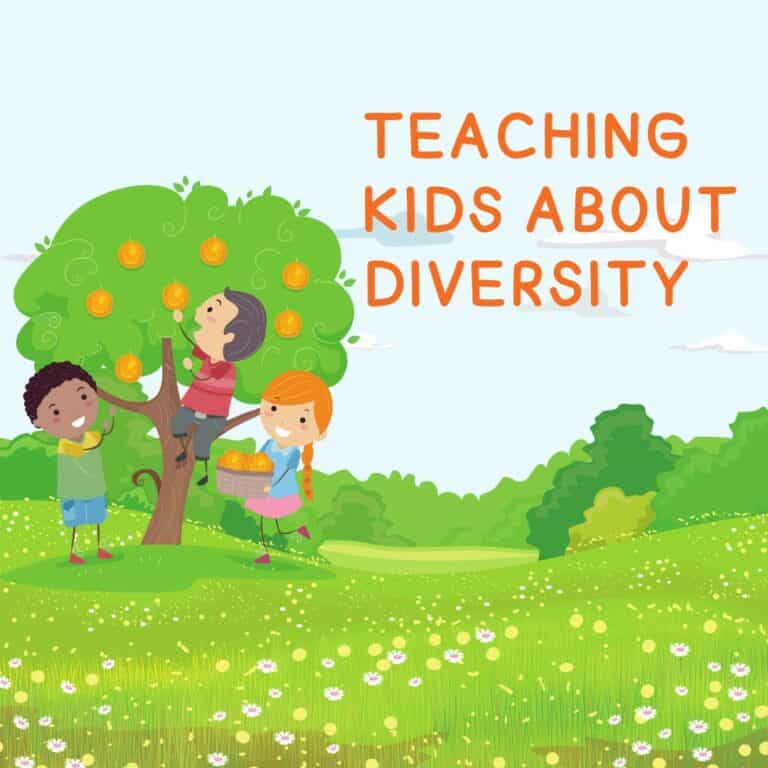My definition of baby sign language is as follows: The process of combining the vocabulary of American Sign Language (ASL) with spoken words in order to enable early communication with infants and young children.
No matter whether they are exposed to sign language or not, babies will always communicate through their hands.
Babies quickly learn to point, wave, and lift their arms to indicate that they would like to be taken up. Babies also point with their index and middle fingers.
This is because the development of a baby’s gross and fine motor abilities (the capacity to move their arms and hands) occurs before the development of their speech.
Babies easily bridge this gap by expressing themselves through gestures because of their innate aptitude to do so.
This very natural talent is enhanced through the usage of baby sign language, which makes it even more valuable.
I assure you it won’t be difficult. Believe me, if an infant of eight months old can accomplish it, then you can do it too!
You may have noticed that in the explanation I provided earlier, I referred to American Sign Language, sometimes known as ASL.
All of the signs that are going to be taught to you here are American Sign Language signs.
The use of invented motions or simplified versions of American Sign Language signs for infants might lead to confusion because caregivers and books may convey conflicting instructions.
Maintaining adherence to ASL helps keep things consistent and eliminates uncertainty about how to perform various sign-language gestures.
You won’t be striving to become fluent in American Sign Language; rather, you’ll only be learning some fundamental signs and vocabulary in ASL. This is a much more manageable goal.
Learning very basic phrases in another spoken language is analogous to learning fundamental ASL signals for the purpose of communicating with your newborn in sign language.
I like to compare it to the amount of education provided by Dora the Explorer. You won’t learn how to put signs together into whole words, but you will learn how to sign DOG , WATER and TREE .
The American Sign Language (ASL) is an extraordinary language that is utilized by the Deaf community across the United States and the majority of Canada.
If you are interested in learning more about ASL, there are a lot of resources available to you, including websites, books, DVDs, and classes.
When To Start Teaching Baby Sign Language
To answer your question in a nutshell, you can begin at any time.
When it comes to baby sign language, the first question that I am typically asked is, “When is the appropriate age to begin teaching my baby sign language?”
However, it is essential to establish expectations that are in line with reality.
There is no difference between learning to sign and achieving other developmental milestones like sitting up, crawling, or walking.
Every infant is special and has their own unique development schedule.
The following are some broad recommendations that might help you prepare for what to anticipate, but keep in mind that every child develops at her own unique speed.
- Some infants may produce their first sign as early as 5 months of age;
- The majority of infants begin signing between the ages of 8 and 12 months;
- Some infants may produce their first sign after their first birthday.
Therefore, begin signing immediately, but if your kid is younger than six months, keep in mind that it may be some time before you see that first sign. If your baby is older than six months, you should start signing immediately.
However, do not give up!
If you continue with it and follow the guidance that is provided in the pages that follow, every baby will sign back.
Make Teaching Baby Sign Language Fun
The process of teaching infant sign language should be fun for both you and your child.
You can find instructional tools on the web that provides simple songs, books, and games for you to do with your child in order to practice sign language.
And the majority of these activities don’t call for any extra supplies; all you need is a good sense of humor and a willingness to explore new territories!
Wrapping Up
The evolution of language cannot be separated from the importance of non-verbal communication.
Babies may glean valuable information through gestures, which can also assist them in understanding what you are trying to convey.
However, not all actions have the same positive impact.
The research reveals that the most effective strategy is to pay attention to our newborns, and respond correctly to their spontaneous attempts to gesture and speak; and to interact with babies using a combination of speech and transparent gestures, such as pantomime and pointing.
In addition, I think it’s a good idea to expand on the signals and gestures that you and your infant come up with on the spot since I think it’ll be beneficial.
They likely won’t be as difficult for your child to recall because they already have some significance to him or her.
This does not mean that you should not also teach your kid sign language, including certain signs that are not iconic in any particular context.
It has the potential to be entertaining and thought-provoking, and it may result in your youngster learning signals that are of great practical utility.
However, in order to assist your baby in learning, it is a good idea to place an emphasis on gestures that are simple to interpret and that have a particular significance for your infant.



